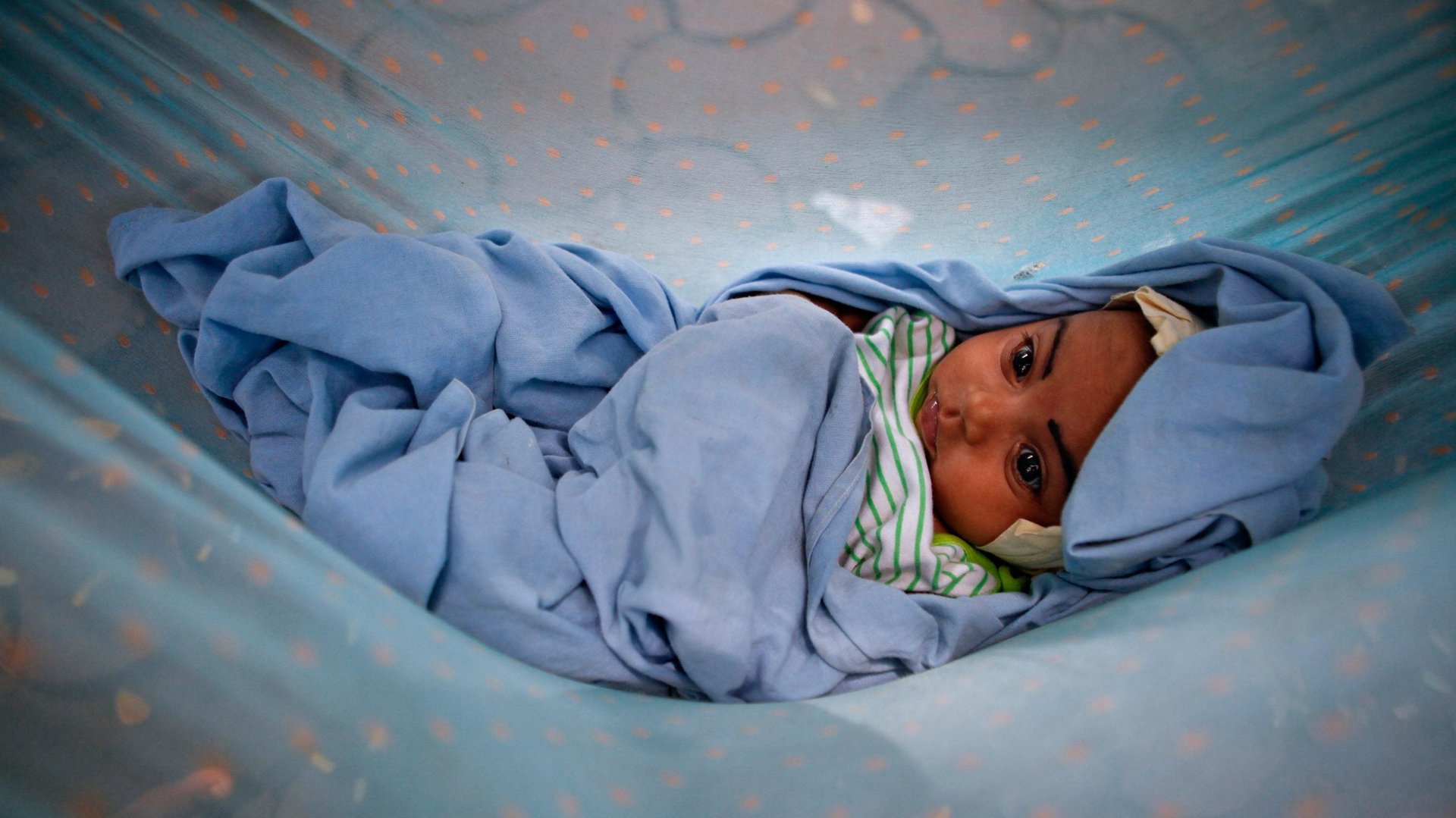Air pollution is a bigger killer than tobacco use in India
Children born in India today will lose two-and-a-half years of their lives to the air they breathe.


Children born in India today will lose two-and-a-half years of their lives to the air they breathe.
The loss in life expectancy at birth due to air pollution in south Asia is 10 months higher than the global average, according to a new study by the Health Effects Institute (HEI), a Boston-based non-profit, and the University of Washington’s Global Burden of Disease Project.
In India, China, Pakistan, and Bangladesh, the entire population lives in conditions where levels of the hazardous PM2.5 pollutants in the air are above the World Health Organisation’s permissible limits, the study says. It adds that 60% of the population in India is also exposed to household air pollution due to the burning of firewood and other biomass such as cattle dung cakes for cooking.
“The lungs of a child growing up in this air condition do not develop as fully because they are having a harder time breathing,” said HEI president Daniel Greenbaum. “This sets them up for more disease later in life and a shortening of their life.”
The study used data from the Indian government and UN agencies, Greenbaum added.
In 2017, about 1.2 million people died in India due to air pollution-related illnesses such as lung cancer, type-2 diabetes, and pneumonia, the report says. This makes air pollution the third biggest national health risk, higher than even tobacco use.
Outdoor PM2.5, fine particles that are released from open flames and diesel exhaust among other sources, killed more people in India than ozone and household air pollution.
While it is second only to China in the number of PM 2.5-linked deaths, India also recorded the highest number of deaths caused by household air pollution in any country.